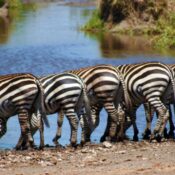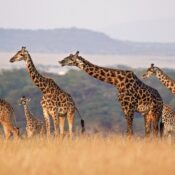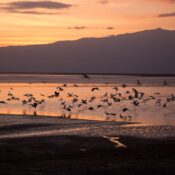Discover Tarangire National Park: Tanzania Safari
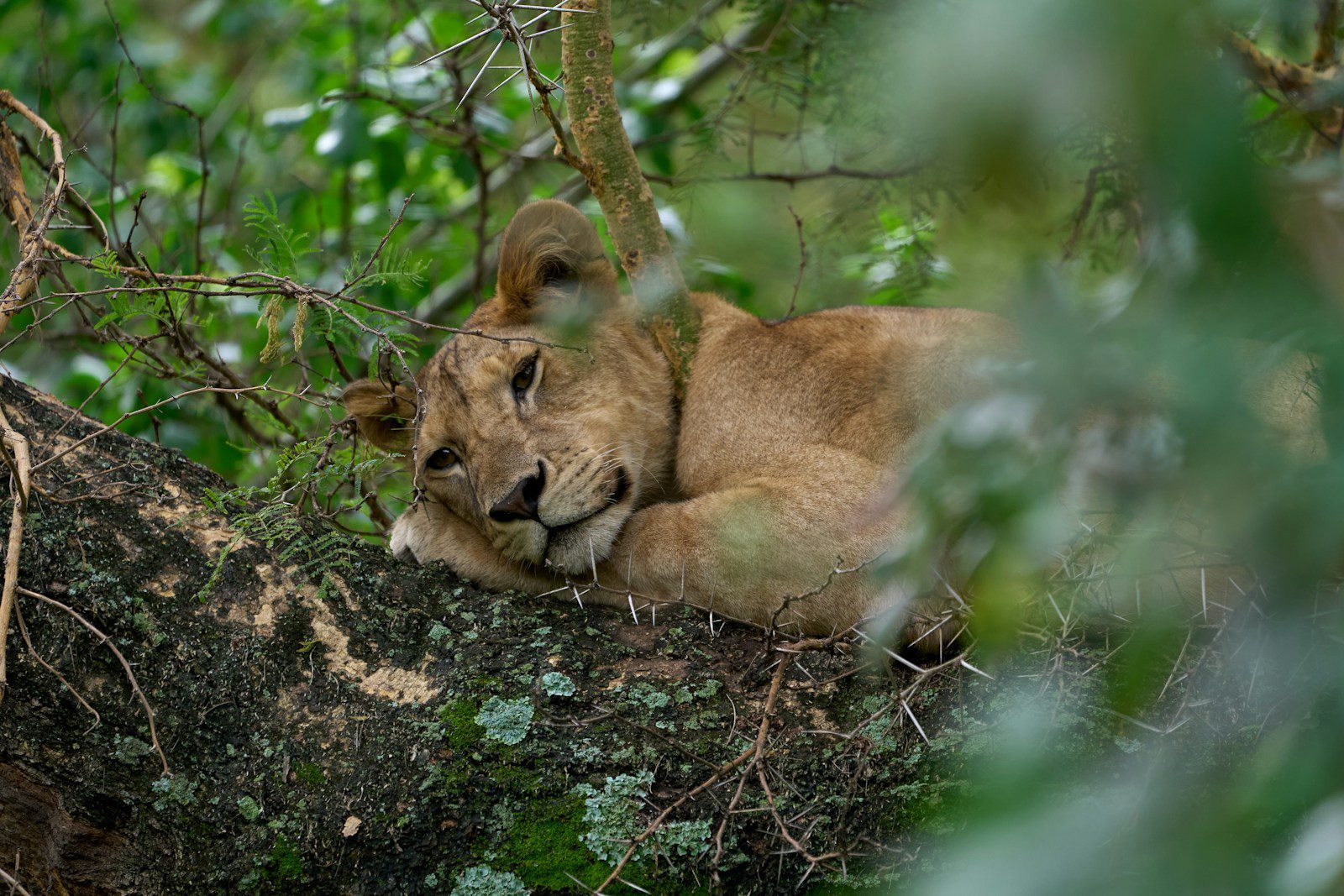
Discover Tarangire National Park: Tanzania Safari
Beneath the sprawling canopies of ancient baobabs, where golden grasslands stretch to meet the horizon, Tarangire National Park emerges as one of East Africa’s most captivating yet underrated wilderness areas. This 2,850 square kilometer sanctuary represents the essence of authentic safari experiences – where wildlife roams freely without the crowds of more famous parks, where every game drive feels like a personal exploration, and where the landscape tells stories written over millennia.
Table of Contents
The park’s lifeblood, the Tarangire River, winds through the terrain like a shimmering ribbon, sustaining ecosystems that transform dramatically with the seasons. During the dry months from June to October, this river becomes the stage for one of Africa’s most remarkable wildlife gatherings, as thousands of animals converge along its banks in a spectacle that rivals the more celebrated Serengeti migrations. Yet unlike its famous neighbor to the north, Tarangire offers visitors the rare privilege of experiencing this natural drama in relative solitude.
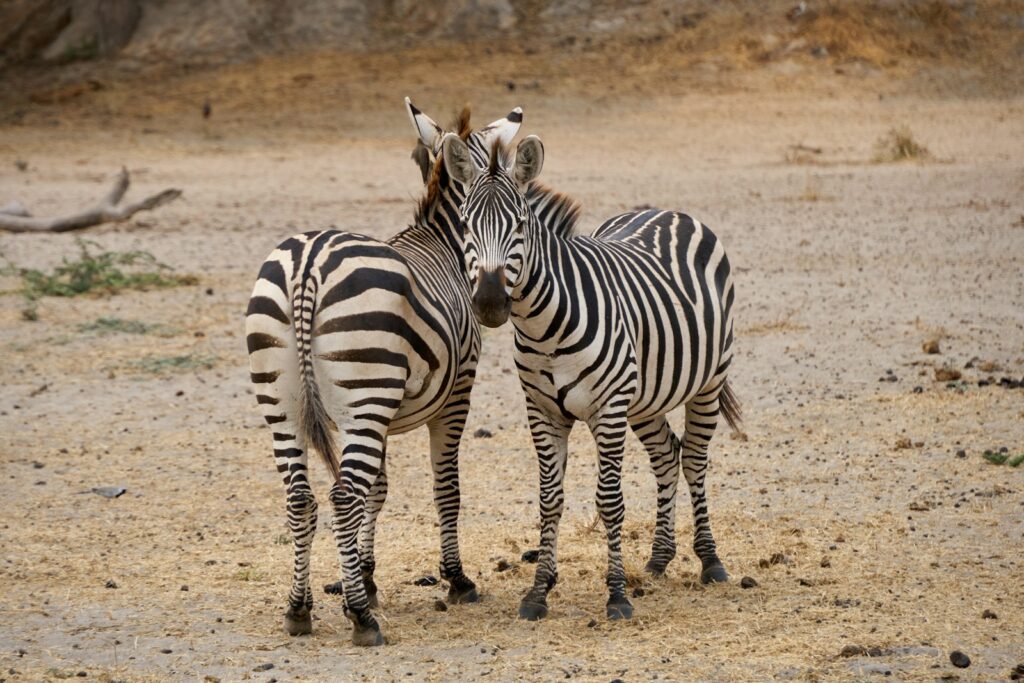
The Story Behind the Name: Tarangire National Park
The name “Tarangire” whispers of ancient waterways and generations of wildlife trailing to its life-giving shores. This is no colonial-era label imposed by outsiders, but rather a name that grew naturally from the land itself, shaped by the tongues of those who knew it best – the Maasai pastoralists who guided their cattle to its waters and the Rangi farmers who tilled the soil along its banks.
At its heart flows the Tarangire River, the park’s namesake and pulsing lifeline. The Maasai called it “Tara-ngire” – the wandering river – for its serpentine path through the dry savanna. Like a shimmering blue thread stitching through golden cloth, this river meanders unpredictably, its course shifting with the seasons, yet always remaining faithful to the land and its creatures. During the harshest droughts, when other water sources vanish like mirages, the Tarangire River stands as a steadfast promise of survival.
The wisdom behind this name reveals the Maasai’s profound understanding of their environment. Where European mapmakers might have seen just another waterway to chart, the Maasai recognized the river’s restless spirit – how it twists and turns as if following some ancient memory of the land’s contours. They understood that this wandering quality made it special, creating diverse habitats along its banks where wildlife could flourish.
Other communities added their own meanings to the name. The Rangi people, whose agricultural settlements dotted the region, knew it as a meeting place – where migrating herds converged, where traders crossed paths, where stories were exchanged under the spreading acacias. To the Iraqw, it was the river of warthogs, named for the bristled creatures that wallowed in its shallows. These layered interpretations weave together like the river’s own tributaries, each adding depth to our understanding of this place.
When European explorers first recorded “Tarangire” in their journals in the late 1800s, they preserved this indigenous knowledge rather than overwriting it. The name survived the colonial period and Tanzania’s independence, a testament to its enduring rightness. In 1970, when the area was formally declared a national park, the new designation simply honored what the land had always been called.
Today, the name Tarangire resonates with deeper significance. It speaks of conservation victories – of elephant herds rebounding from poaching, of lion prides reclaiming their territory. It represents sustainable tourism that benefits local communities while protecting wildlife. Most importantly, it maintains an unbroken connection to the traditional knowledge systems that first understood and valued this ecosystem.
As visitors watch the sunset paint the Tarangire River gold, or witness elephants leading their calves to drink, they participate in a story much older than the park itself. The name Tarangire reminds us that this landscape was cherished long before it became a protected area, and that its future protection depends on continuing to honor the wisdom embedded in its very name.
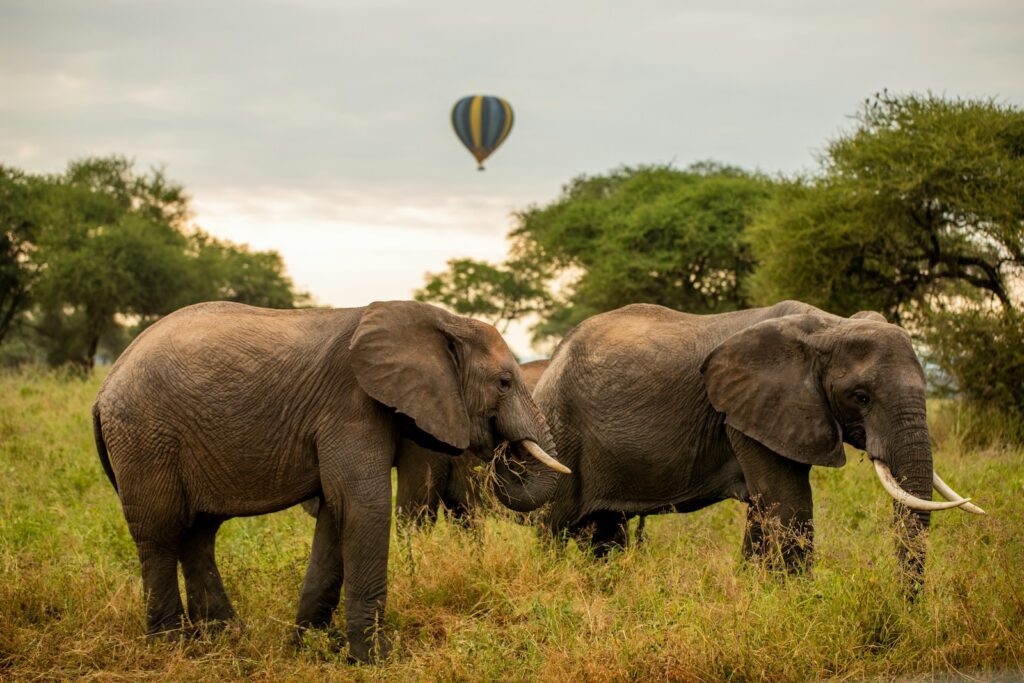
A Landscape Sculpted by Time
Tarangire’s geology tells a story of ancient earth movements and volcanic activity that created its distinctive topography. The park sits within the Maasai Steppe ecosystem, a vast region characterized by seasonal wetlands, scattered woodlands, and open grasslands. The most visually striking features are the hundreds of monumental baobab trees that stand like sentinels across the landscape, their massive trunks storing water to survive the harsh dry seasons.
These iconic trees, some estimated to be over a thousand years old, have become symbols of Tarangire’s enduring wilderness. Local legends speak of spirits planting them upside down, explaining their peculiar root-like branches reaching skyward. The baobabs create a surreal atmosphere at sunset, when their silhouettes stand stark against fiery African skies, and at night, when their white flowers open to attract pollinating bats.
The Tarangire River itself follows an ancient course that has shaped the park’s ecology. During the rainy season, it floods the surrounding plains, creating temporary wetlands that attract waterbirds and grazing herds. As the dry season progresses, the river shrinks to a series of pools that become vital oases for wildlife, while the surrounding vegetation turns golden brown, providing perfect visibility for game viewing.
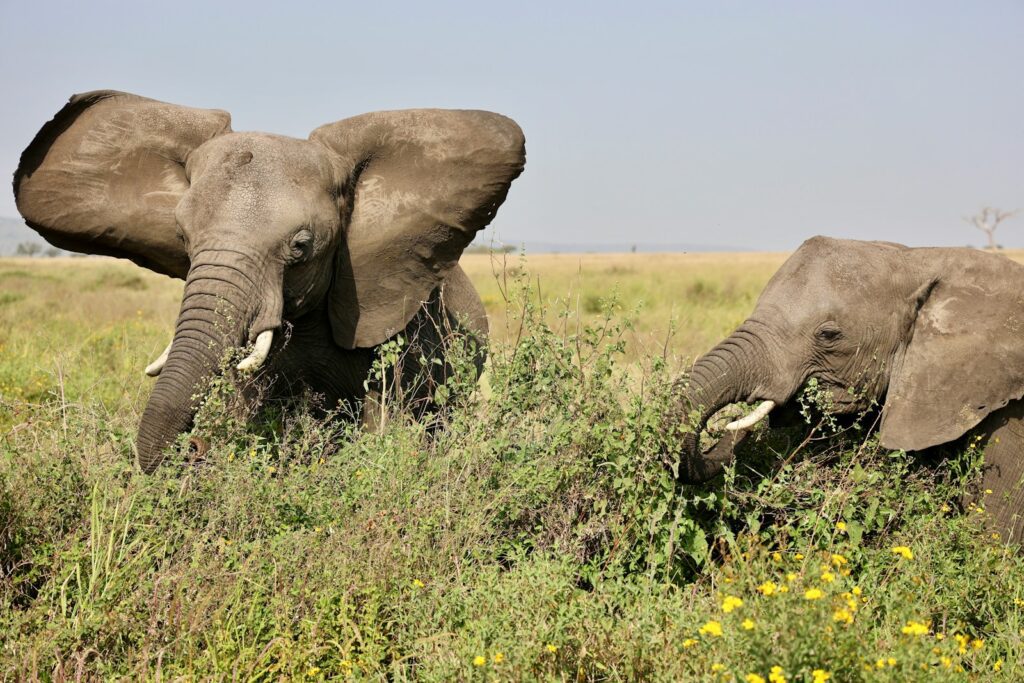
Wildlife Wonders Beyond Imagination
Tarangire’s reputation as Tanzania’s elephant capital is well deserved. The park supports one of East Africa’s largest concentrations of these majestic creatures, with herds sometimes numbering in the hundreds. Unlike in more heavily visited parks, Tarangire’s elephants display remarkable calm around vehicles, often approaching curiously or passing within meters without concern. Researchers have documented complex social behaviors here, including unique communication methods and migration patterns that see some herds traveling hundreds of kilometers between seasonal habitats.
The dry season transforms Tarangire into a predator’s paradise. Lion prides establish territories along the riverbanks, using the dense vegetation for ambush hunting. Leopards haunt the rocky outcrops and sausage tree groves, while cheetahs patrol the more open plains. Perhaps most exciting for wildlife enthusiasts is the occasional appearance of African wild dogs, among the continent’s most endangered predators, which sometimes den in the park’s southern reaches.
Birdlife in Tarangire reaches spectacular diversity, with over 550 species recorded. The park serves as critical habitat for numerous raptors, including the majestic martial eagle and the bizarre secretary bird that stalks through grass like a feathered dinosaur. Seasonal wetlands attract colorful migrants like European bee-eaters and various stork species, while the woodlands harbor numerous endemics and near-endemics prized by birdwatchers.
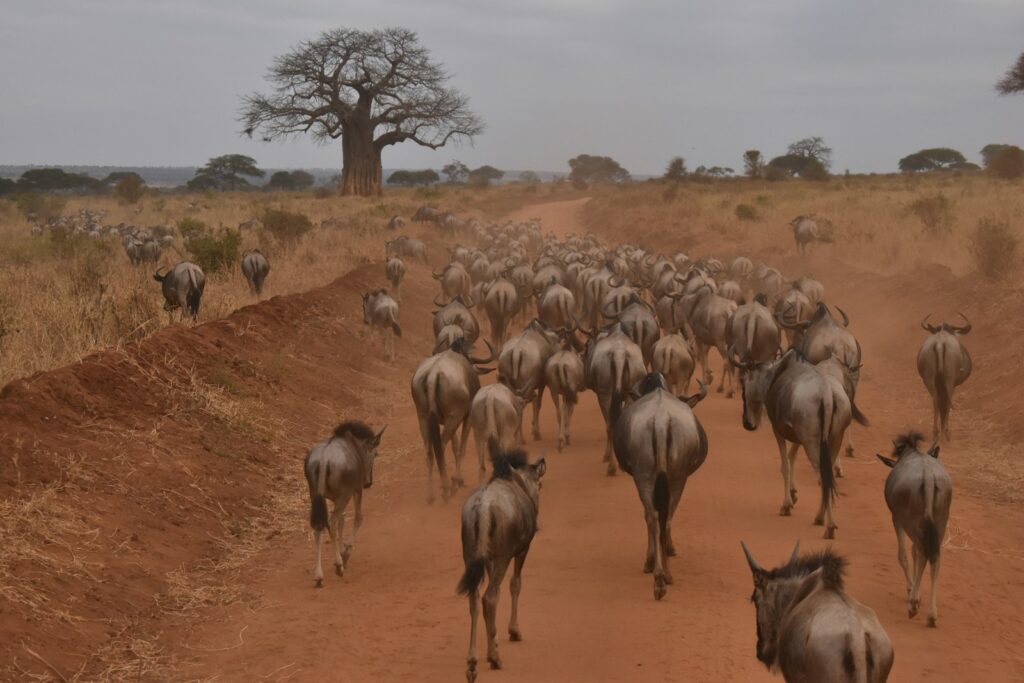
The Great Dry Season Gathering
While not as famous as the Serengeti’s wildebeest migration, Tarangire hosts its own spectacular seasonal wildlife movement. As water sources disappear across the Maasai Steppe from June through October, the park becomes a refuge for an incredible concentration of animals. Upwards of 300,000 mammals may gather along the Tarangire River during peak dry season, creating predator-prey interactions of unparalleled intensity.
The drama unfolds daily along the shrinking watercourses. Herds of up to 300 elephants jostle for drinking space while vigilant mothers protect calves from lurking lions. Buffalo herds numbering in the thousands form defensive circles against predators. Rare antelope species like fringe-eared oryx and lesser kudu descend from the drier highlands to join the gathering. This seasonal phenomenon offers some of Africa’s most reliable big game viewing, yet remains remarkably free of tourist crowds.

Experiencing Tarangire’s Wilderness
Tarangire offers safari experiences that go far beyond standard game drives. Walking safaris led by armed guides provide intimate encounters with the bush, where visitors learn to read animal tracks, identify medicinal plants, and appreciate the smaller wonders of the ecosystem. The park’s varied terrain – from open grasslands to riverine forests – makes each walk a unique adventure.
Night drives, permitted in Tarangire’s designated areas, reveal a completely different cast of nocturnal characters. Spotlights might illuminate the reflective eyes of a serval cat hunting rodents, or catch the lumbering form of a porcupine shuffling through the undergrowth. The rare and elusive aardvark sometimes makes appearances on these excursions, rewarding patient observers with sightings of one of Africa’s most mysterious mammals.
Cultural interactions with local communities add depth to any Tarangire visit. The Maasai and Barabaig people who inhabit the surrounding areas maintain traditional pastoral lifestyles that have coexisted with wildlife for generations. Responsible tourism initiatives allow visitors to learn about these cultures while directly contributing to local economies and conservation efforts.
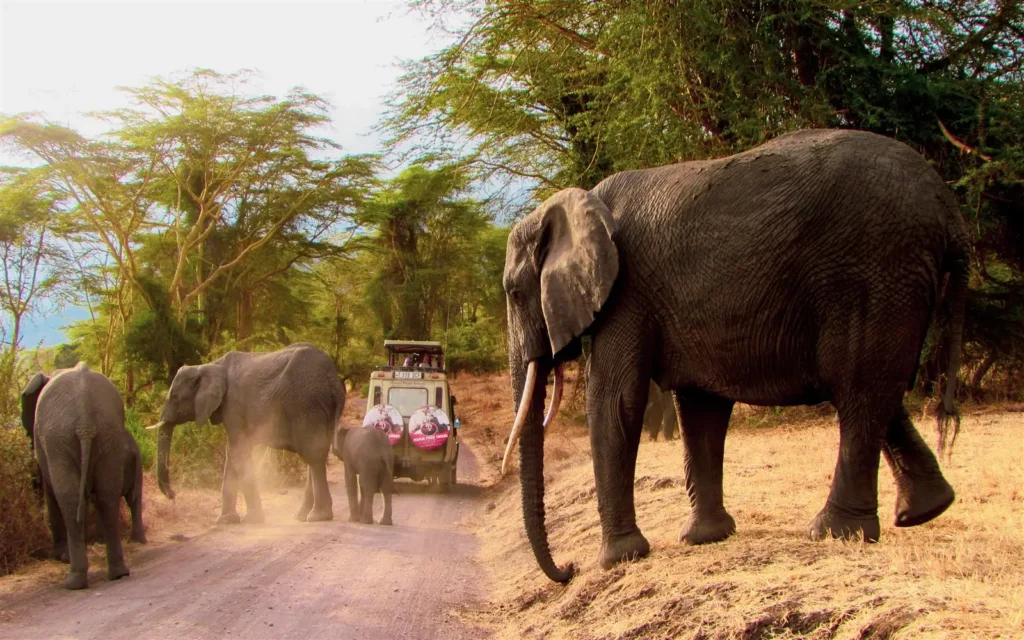
Conservation Successes and Challenges
Tarangire stands as a testament to successful wildlife conservation in Tanzania. The park’s elephant population has shown steady growth despite poaching pressures elsewhere in Africa, thanks to rigorous anti-poaching patrols and community-based protection programs. Innovative solutions like beehive fences have reduced human-wildlife conflict by deterring elephants from crop fields without harm.
The park forms part of a larger ecosystem that includes several wildlife corridors and community-managed conservation areas. These connected habitats allow for the natural migration of species between Tarangire and surrounding wilderness areas, maintaining genetic diversity and ecological balance. Conservation organizations work closely with local communities to ensure that wildlife protection provides tangible benefits through employment, education, and sustainable development projects.
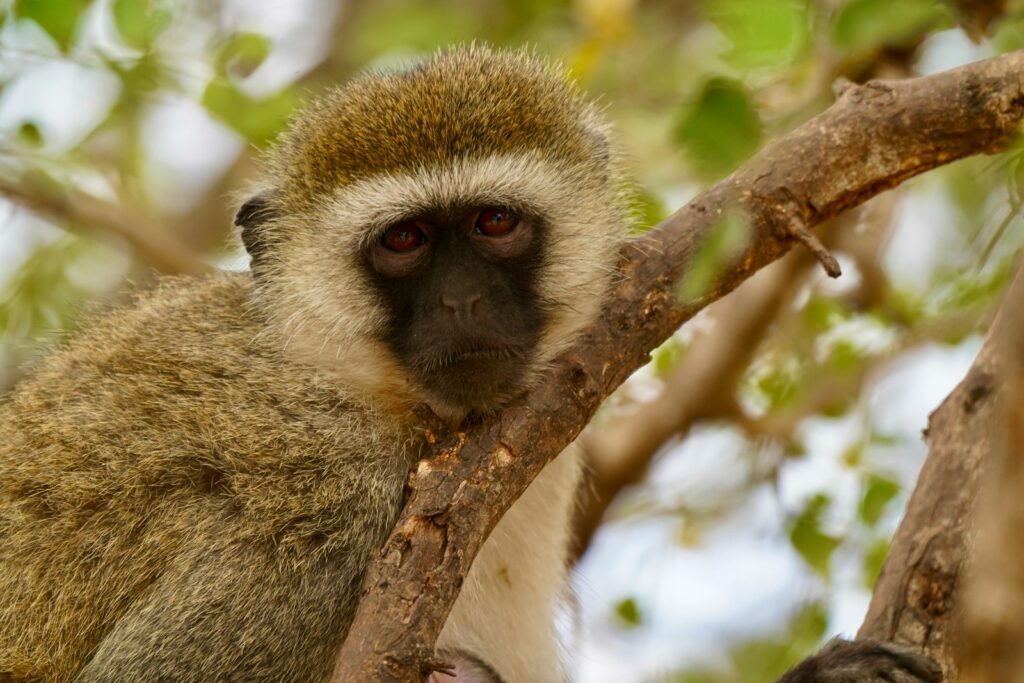
Planning an Unforgettable Visit
Tarangire rewards visitors year-round, though seasons offer different experiences. The dry season (June-October) provides the most concentrated wildlife viewing, while the green season (November-May) offers lush landscapes, newborn animals, and spectacular birdlife with fewer visitors. The park’s varied accommodation options range from luxurious tented camps with sweeping views to simple public campsites that place visitors in the heart of the wilderness.
Access to Tarangire is straightforward, with well-maintained roads connecting to Arusha and other northern circuit parks. Many visitors combine a Tarangire safari with visits to Ngorongoro Crater and Lake Manyara, creating a comprehensive northern Tanzania itinerary. The park’s relatively compact size means even two or three days can provide a remarkably complete safari experience.
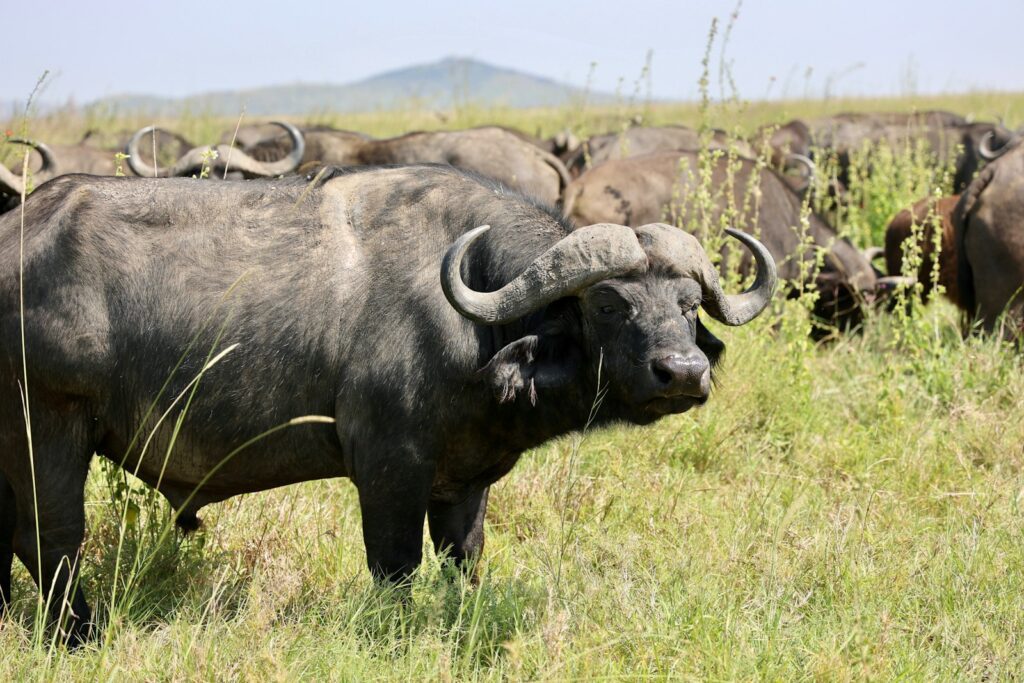
The Call of the Wild
Tarangire National Park represents what many travelers hope to find in Africa but rarely do – an authentic wilderness experience untouched by mass tourism. Here, the drama of nature plays out as it has for millennia, where baobabs stand witness to generations of wildlife and the rhythms of the seasons dictate the movements of countless creatures.
For those seeking to connect with Africa’s wild soul, to experience its iconic wildlife without crowds, and to witness landscapes that stir the imagination, Tarangire offers the perfect destination. It’s a place that gets under your skin, calling you back to its golden plains and ancient trees, to the trumpet of elephants at dusk and the roar of lions under starlit skies. In Tarangire, the Africa of dreams becomes reality.
Recent Posts


